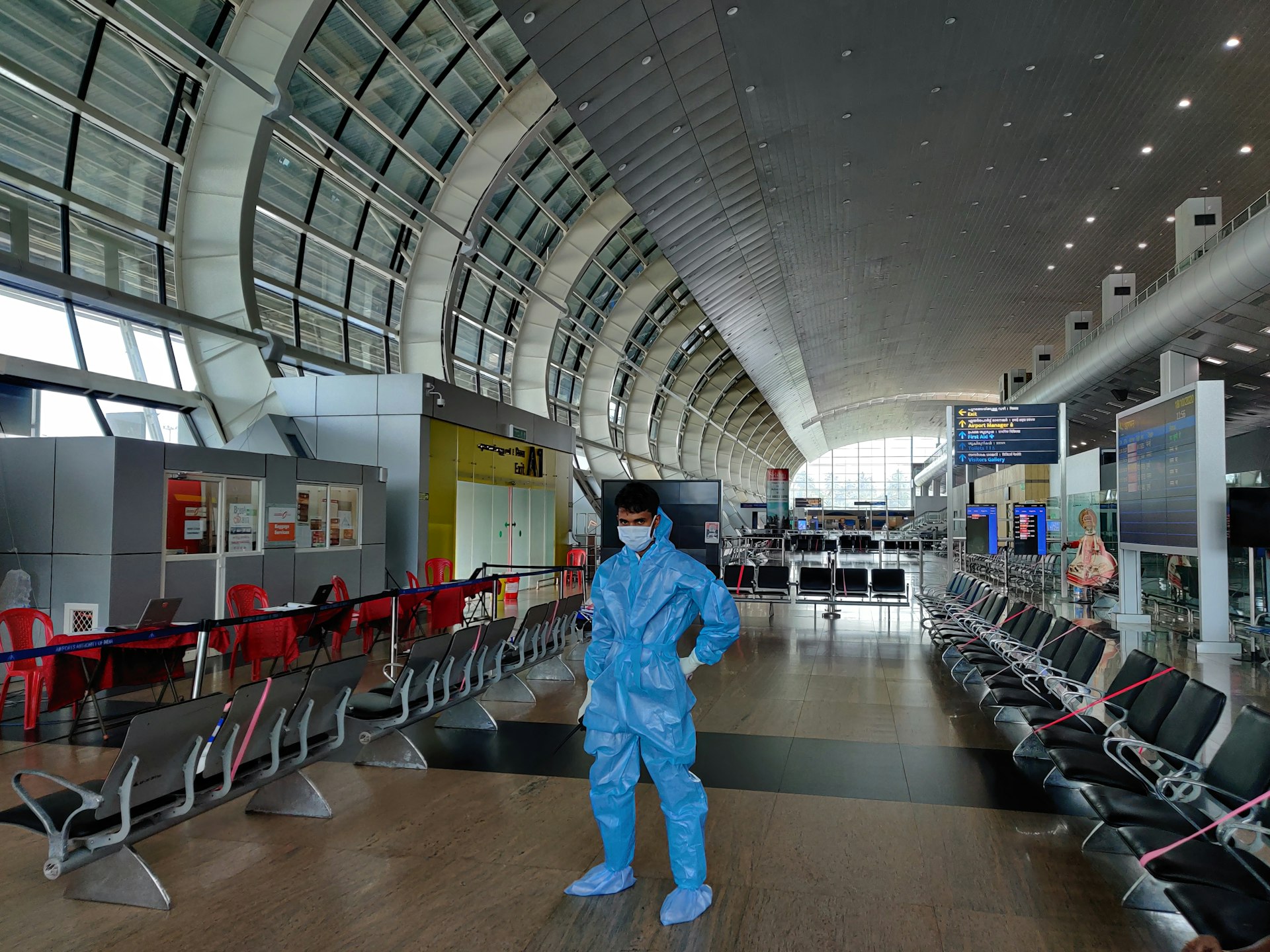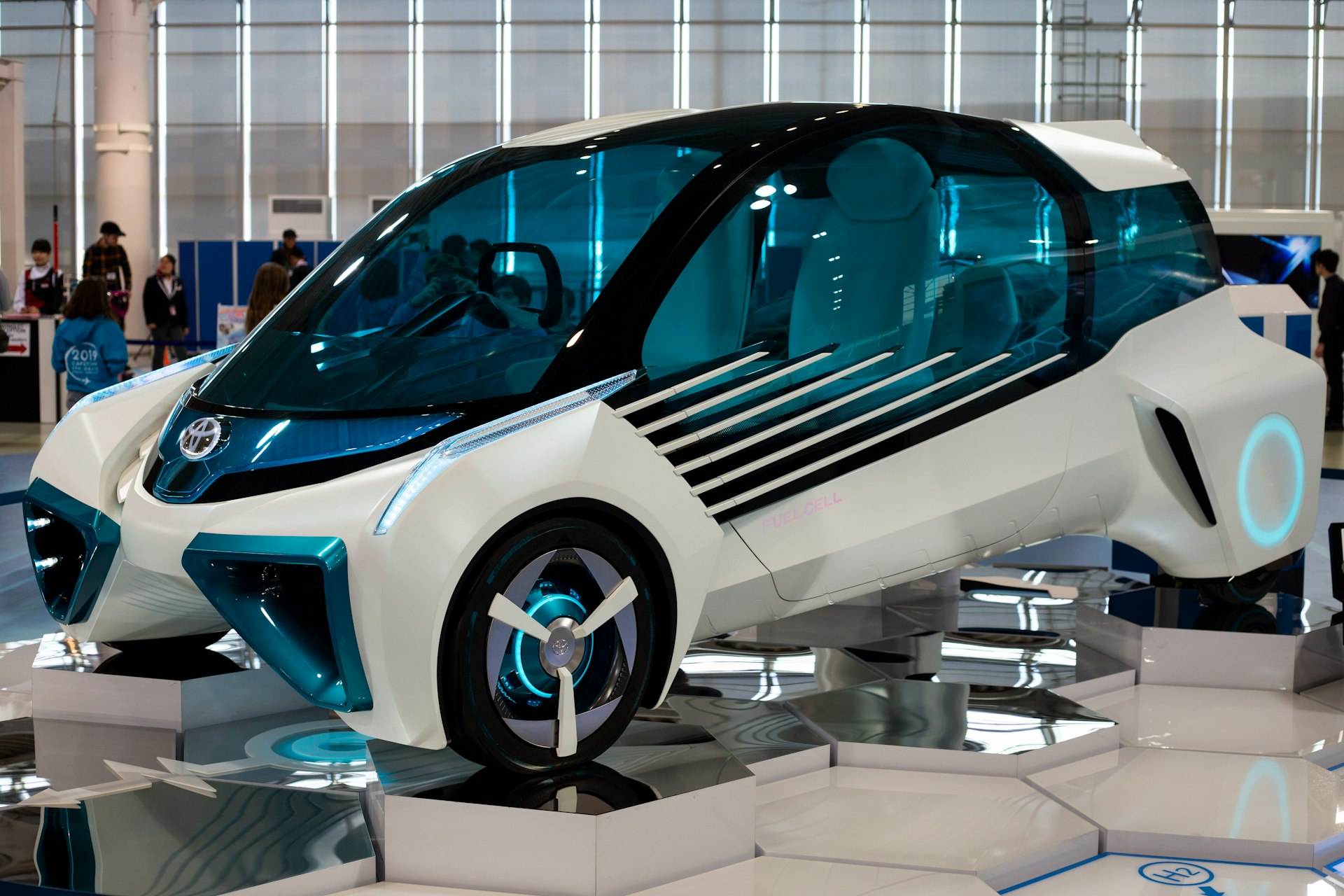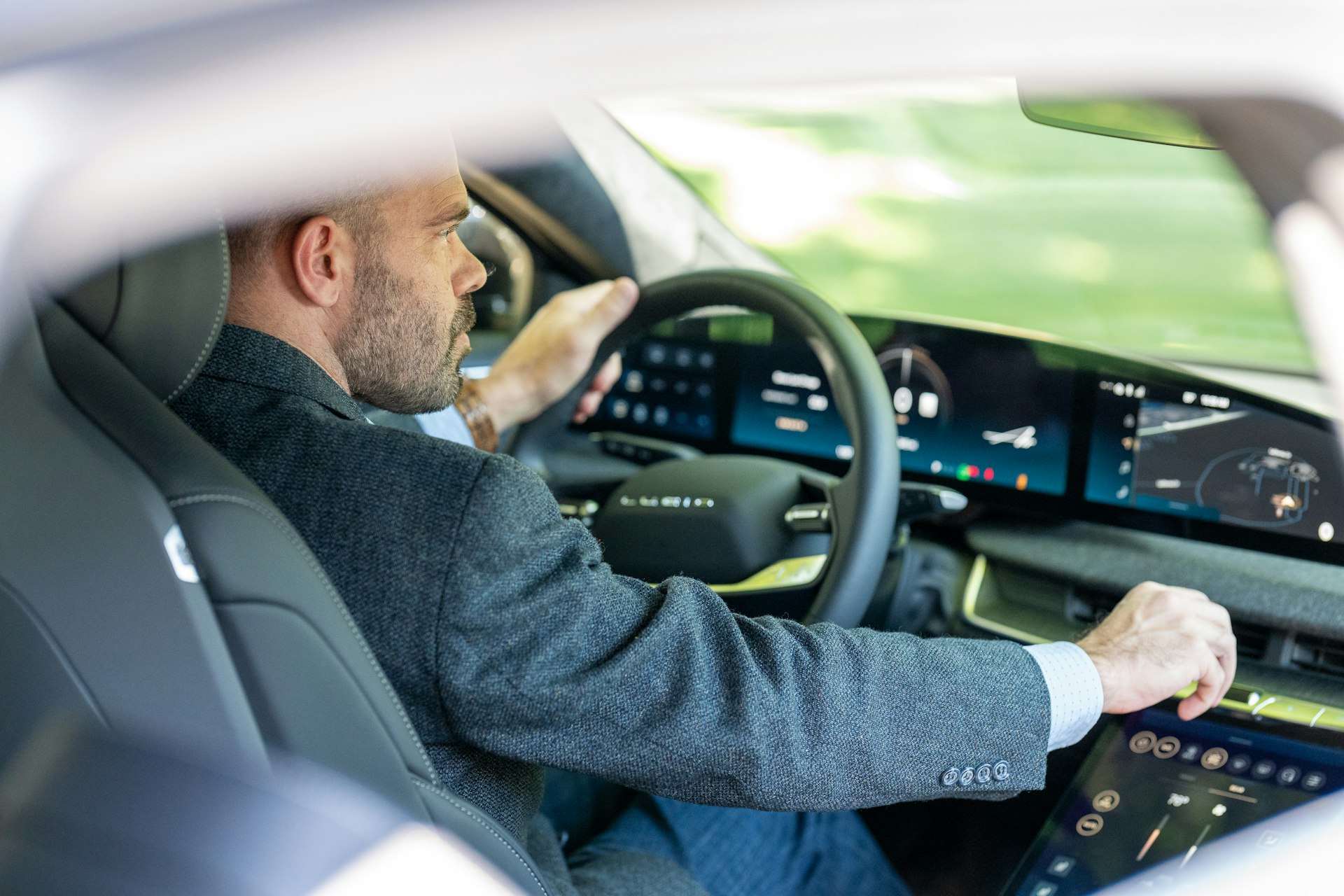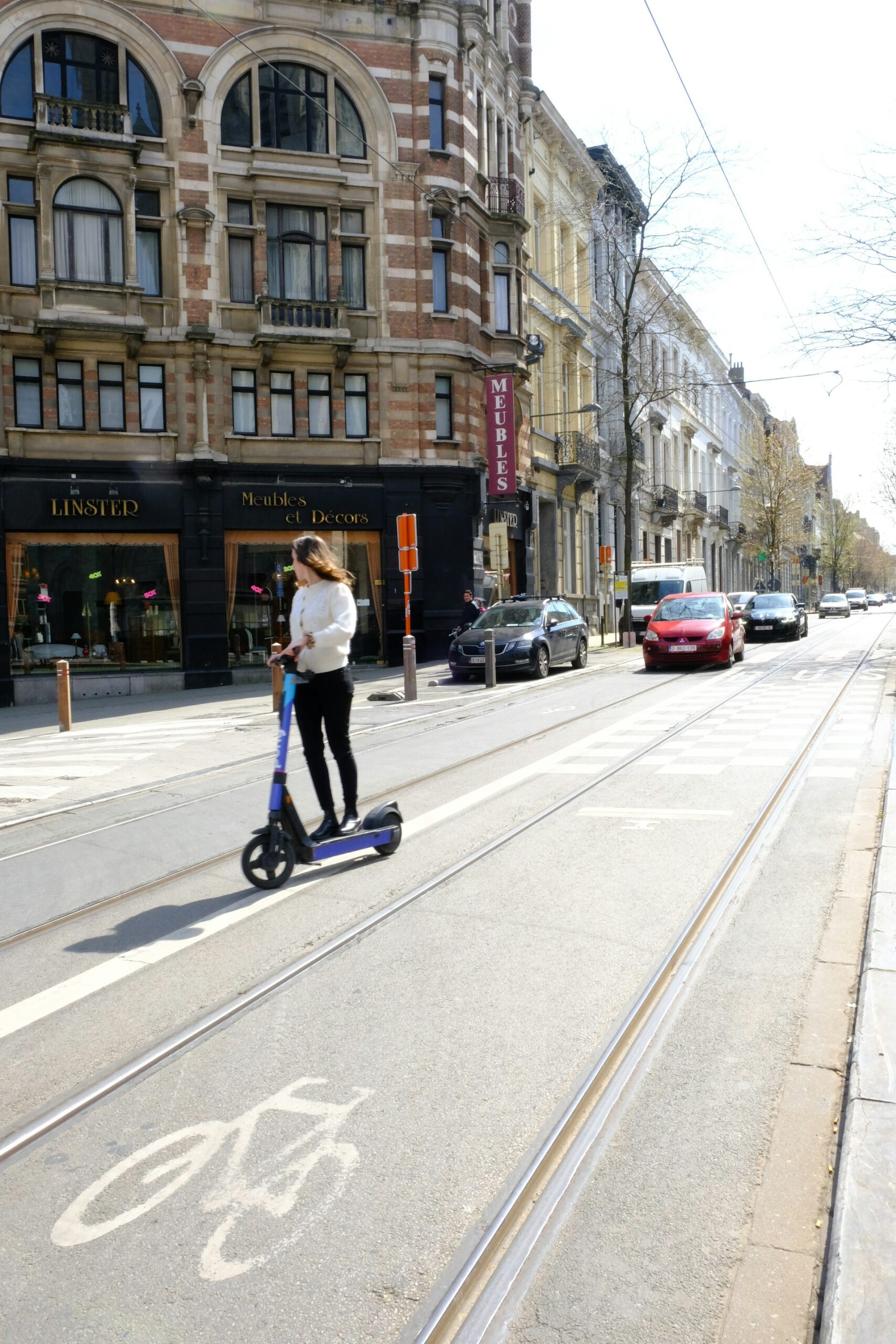How Personalized Fashion Experiences Are Transforming the Industry in 2025

Photo by Juan Ordonez on Unsplash
The Evolution of Personalized Fashion Experiences
Fashion is undergoing a dramatic transformation as consumer demand for individuality and personalized experiences surges. No longer satisfied with generic, off-the-rack options, today’s shoppers seek clothing that reflects their unique identity, fits perfectly, and aligns with their values. This shift, fueled by technological innovation, is fundamentally reshaping how brands design, market, and deliver apparel, making 2025 a pivotal year for personalization in fashion [5] [1] .
The Drivers Behind Personalization in Fashion
Several trends converge to make personalized fashion a dominant force:

Photo by Kanchan Raj Pandey on Unsplash
- Consumer Demand: Nearly 71% of shoppers now expect brands to offer tailored experiences, driving the entire industry to rethink its approach [1] .
- Gen Z Influence: As the leading shopper generation, Gen Z values authenticity, customization, and self-expression. Their spending power-projected to surpass $360 billion globally in 2025-is rapidly shaping retail expectations [3] .
- Technology: Advances in AI, machine learning, and augmented reality (AR) now allow brands to deliver hyper-personalized recommendations and immersive experiences at scale [2] [5] .
- Sustainability: Customization reduces overproduction and waste, aligning with the growing demand for environmentally responsible fashion [1] .
Key Strategies and Technologies Powering Personalization
Brands are adopting a variety of strategies and tools to bring personalized fashion to life:
Hyper-Personalization and Predictive Analytics
Hyper-personalization leverages real-time data, AI, and machine learning to analyze consumers’ preferences, behaviors, and purchase histories. This enables brands to make tailored product recommendations, send personalized offers, and even create custom ads that resonate deeply with each individual [2] . For example, predictive search functions and AI-powered styling tools can suggest outfits based on past purchases and browsing habits.
To get started, shoppers can look for retailers that offer AI-based recommendation engines-these are often highlighted on product pages or within mobile apps. Brands like Stitch Fix, for instance, combine algorithmic curation with human stylists to deliver personally selected clothing boxes [4] .
Interactive Customization Platforms
Many leading brands now provide online platforms where customers can design their own products. Nike By You, for example, lets shoppers customize sneakers by choosing colors, materials, and even adding personalized text. Indochino’s made-to-measure suiting allows buyers to enter their measurements for a perfect fit, either online or in-store [4] .
To access such services, you can visit the official websites of these brands, navigate to their customization sections, and follow guided steps to personalize your order. For smaller retailers, print-on-demand platforms are enabling even limited-scale businesses to offer unique, customizable products without holding inventory [1] .
Experiential Retail and Omnichannel Integration
Personalized fashion isn’t limited to online shopping. Brands are investing in experiential retail-think pop-up events, immersive style lounges, and interactive in-store digital screens. These experiences blend physical and digital touchpoints, allowing shoppers to preview or customize products in-store and then seamlessly complete purchases online, or vice versa [3] .
To participate, look for local pop-ups or flagship stores of major brands, and check their event calendars for customization workshops or interactive installations. You can also follow brands on social media for updates on upcoming experiential events.
Actionable Steps to Access Personalized Fashion
For consumers eager to embrace personalized fashion, there are several practical pathways:
- Start with Simple Customization: Many brands offer basic options like monogramming, fabric selection, or color choices. These are often available directly on product pages-look for “Customize” or “Personalize” buttons.
- Explore AI-Driven Services: Use fashion tech services such as Stitch Fix or similar platforms that combine data-driven recommendations with human expertise. Sign up, complete a detailed style profile, and review suggested outfits tailored to your preferences [4] .
- Attend Experiential Retail Events: Check the websites or social channels of local malls or leading retailers for information on upcoming pop-ups, style lounges, or interactive installations [3] . These events often provide opportunities for on-the-spot customization and direct engagement with designers.
- Engage with Sustainability-Focused Platforms: If reducing environmental impact is important to you, prioritize brands that produce on-demand or offer made-to-order services, as these approaches significantly cut waste [1] .
Challenges and Solutions in Personalized Fashion
While personalization offers significant benefits, it also introduces challenges:
- Data Privacy: Hyper-personalized experiences rely on extensive customer data. Consumers should review privacy policies and opt-in preferences before sharing personal information. Brands are increasingly adopting privacy-conscious practices to comply with new regulations [2] .
- Technical Complexity: Building and maintaining personalized platforms requires robust technological infrastructure. Smaller brands can leverage third-party print-on-demand providers and user-friendly customization tools to minimize costs [1] .
- Balancing Mass Appeal and Individuality: Offering too many choices can overwhelm shoppers. Many brands start with limited customization options, expanding as demand and technical capacity grow [4] .
Consumers can mitigate risks by researching brands’ data practices, reading reviews, and starting with small orders before committing to more expensive custom pieces.
Alternative Approaches and Industry Innovations
As the market evolves, new models and platforms continue to emerge. Some companies are experimenting with digital fashion-virtual garments that can be worn in online environments or social media. Others use AR to let customers visualize how clothes will look on their bodies before buying [5] . Community-driven design is also on the rise, with brands co-creating products alongside their most engaged customers, further blurring the line between consumer and creator.
Key Takeaways
The rise of personalized fashion experiences in 2025 is democratizing bespoke style, giving every shopper the power to express themselves through custom garments. Whether through AI-driven recommendations, interactive design tools, or immersive retail events, opportunities for personalization are greater than ever. As technology advances and consumer expectations evolve, brands and buyers alike can look forward to an increasingly tailored, engaging, and sustainable fashion landscape.
References
- Customily (2025). Trends in Fashion Personalization 2025: What to Expect in the Personalized Fashion Industry.
- Shopify (2025). The Future of Personalization Is Here: Trends to Look Out For.
- The PR Net (2025). Fashion Marketing Trends 2025: What the Experts Are Watching.
- Aeon (2025). 10 Key Fashion Industry Trends to Watch in 2025.
- Ayer HS Magazine (2025). Personalization in Fashion: How Technology is Tailoring Customer Experiences.
MORE FROM ismath.net













